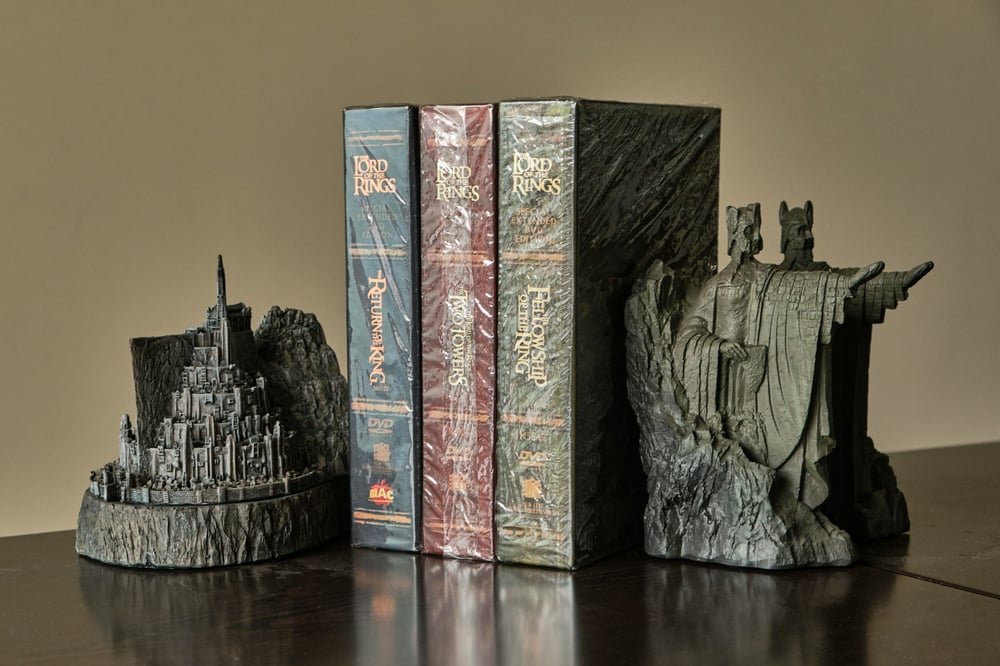How to Research a Novel So You Don't Send the Train to a Station That Doesn't Exist Yet

Research. A dreaded eight-letter word that instills fear in the hearts of all.
Well, it does for me, anyway. I know some authors love research and will spend hours and hours–possibly years and years–researching the topic of their novel before they ever write a single word. (This is why I, personally, will never write historical fiction because I don’t have the patience–but I admire those of you with this much stamina for detail. I really do.)
If you’re embarking on a topic that requires a lot of research, you might wonder where you even begin. How do you make use of all those juicy tidbits, and what kind of process should you use to ensure complete and total accuracy?
In this article we’ll talk about:
- Genre considerations in research
- Writing what you know
- Tips for researching your novel
- How to use historical details to enrich your story
- How to keep track of it all

What genre are you writing?
Research is going to play a bigger or lesser role in the genre you’re writing. Your setting and the time period you’re using also have a big impact on how much research you need to do.
If you’re writing historical fiction, it’s obvious that knowing about the language, clothing, food, media, political landscape, major events, and social structures is going to be vital to creating a believable backdrop for your story.
But what if you’re not writing a historical novel?
Say you’re writing a romance or a thriller set in modern day New York. The history of New York might not be important, but you’re still going to want to get the details right. For instance, your future couple can’t have their ‘meet cute’ at the corner of Lexington and Third if that’s not a real place. And you can be sure that you’re going to hear that from plenty of people who live in New York, have lived in New York, or who have visited New York if you get it wrong. (By the way, that’s a lot of people.)
If you’re writing fantasy or sci-fi, these types of considerations might be less important, though that doesn’t mean you can completely eschew reality either. No matter how fantastical or wild your imagination is, you still have to make the details of your world cohesive, and that’s where you might look to real-world examples to help guide you.
I’m just going to say this now: my personal belief is there are no anachronisms in second-world fantasy. It doesn’t matter if clocks were invented “yet” in our world because your made up world doesn’t ascribe to the same time period and “yet” has no meaning. If my characters can have magic and become dragons, then they can have running water as well. But I digress.

Write what you know
Every writer at some point has heard the old saying “write what you know,” which is both useful and completely pointless in its own trite way. If you’re only writing ‘what you know,’ you’re probably going to run out of stories pretty soon, unless you’re really interesting–really no one is that interesting. And how does that apply when your setting is a post-apocalyptic wasteland set in the year 3045 or an underwater kingdom where all the denizens have flippers for hands?
In this case, the write what you know advice might be more helpful when viewed through a lens of experiences rather than facts. Some topics you could cover that fall under the ‘write what you know’ heading include:
- What it’s like to fall in love
- What it feels like to lose someone close to you
- What it’s like to travel to a new place for the first time
- What your first kiss felt like
- What it’s like to be a parent
- What it’s like to make a new friend
These types of topics can apply to any genre and encompass the human experience whether you’re writing about London circa 2002 or the island once known as Louisiana in the far, far very distant future.

But what if I don’t actually know anything?
Okay, chances are you know something, but maybe you don’t know that thing you want to write about, whether it’s an experience like going skydiving or it’s the exact type of train that arrived in Grand Central Station at 3:45 pm on June 7, 1892.* Luckily for you, the world is a wide open book teeming with resources and knowledge. And you even have Google. Can you imagine what writers a mere thirty years ago did? I literally cannot. Below are some suggestions to aid in your learning.
* Fun fact: Grand Central opened on Feb 2, 1913, so you see why research is important? Someone would have picked up on that. I did not, but my editor did. Thanks Doug.
Read books and other things
I feel like I say this a lot in these articles, but read books. Lots of books. Especially the kinds of books you want to write. You’re going to learn so much from simply absorbing everything they have to offer. But, I’d also add in this case, you might want to consider reading magazines, journals, blogs, newspapers, and anything else you can find that relates to the topic you’re researching.
Watch documentaries
A good way to absorb a lot of information in a short span is through documentaries. You can find them on streaming services, YouTube, or regular old fashion cable TV (does anyone watch that anymore?). Your local library might also offer access to hundreds of documentaries you didn’t even know existed.
Listen to podcasts
Just like documentaries, podcasts are great for getting deep into a topic. Some podcasts go through hours and hours of information, offering you every side to everything you ever wanted. The best part is you can pop in your earphones, go for a walk, and get some fresh air, thereby killing two birds with one stone. If you were looking for a way to do so, of course.
Travel and get out in the world
One of the best ways to learn about a place is to go there, whether that’s Mount Everest or the corner coffee shop. If your budget doesn’t allow for a full-scale expedition to the peak of the Himalayas, see the ideas above for tips. But if it does, then you’ll come back with an experience few can match or describe like you’ll be able to.
Be interested
Chances are, if you’re passionate about something, researching it won’t feel like a chore. So either choose something that already interests you or something you can get hyped about.

Historical details and your story
So you’ve spent weeks, months, maybe even years, becoming intimately acquainted with every detail that is about or somehow relates to 14th century water wheels or the farming practices of Spanish colonizers in Jamaica in the 1500s and you want literally everyone to know about it.
Here is where too much of a good thing can prove problematic. Historical details can end up bogging down your story and make it sound more like a textbook than a work of fiction. So keep the details on a need-to-know basis. It’s the same philosophy that applies to effective world-building and revealing backstory.
Rarely does your reader want paragraphs and paragraphs of details about something they aren’t invested in yet. Sprinkle them throughout your narrative like fine Himalayan salt to truly highlight the vast immensity of your knowledge.
How accurate do you need to be?
While you’re penning your tale, you might wonder how accurate you really need to be. Well, like many things, that depends. There are readers who do not care if something isn’t exactly accurate and there are those who really, really do.
Chances are that readers of historical fiction might be sticklers for the facts, whereas readers of thrillers might not care as much (maybe I’m wrong, though–thriller lovers don’t come at me). This is something you need to figure out based on your genre and your audience, and this is where reading books in your genre comes in handy.
Creative license is a thing and only time will tell if you can get away with it or if you end up with a bunch of furious emails in your inbox. (Hey, at least they read your book, right?)

How do you put this all together?
If you’re writing something that requires a lot of research or if you’re writing something that only needs a little, you're gonna want to keep track of it all somewhere. Sure, you could write it on a few random post-it notes, perhaps a cocktail napkin, or maybe that notebook you keep leaving on the bus.
But a much better idea is to use Dabble’s Notes feature where you can keep all that scrumptious research you just did right there in your draft. In terms of researching the best place to write your novel, we’ve done the heavy lifting for you. And surprise, it’s Dabble! You can even try it for free for 14 days by clicking here. Now that’s a fact we can get behind.









